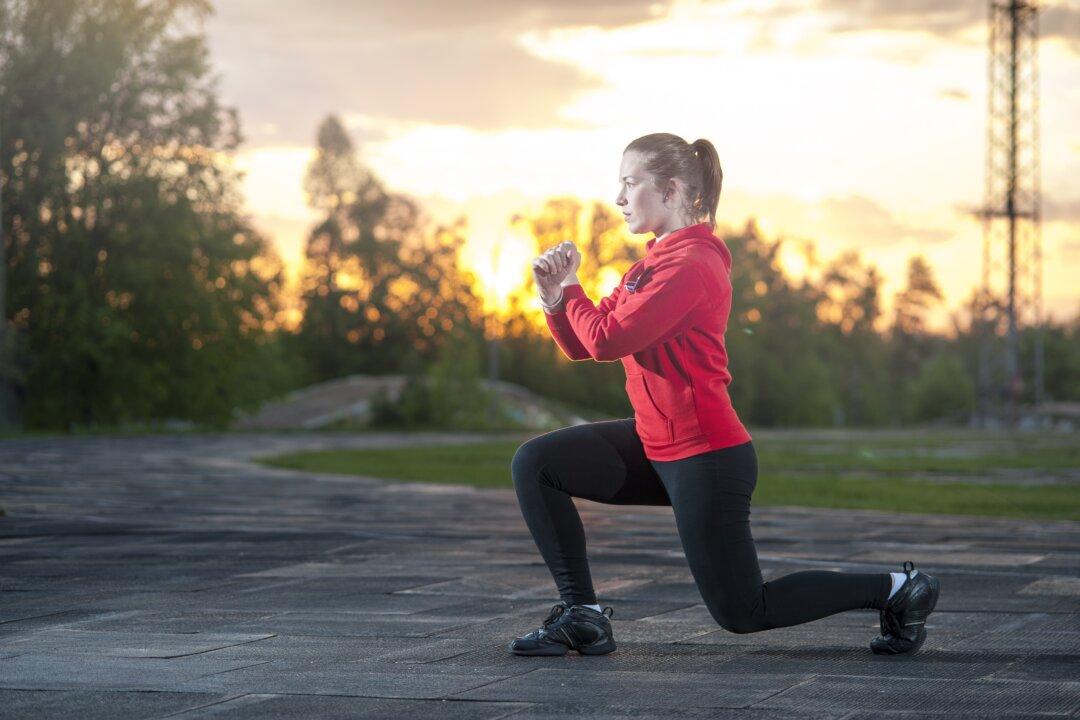What better way to combat our growing waistlines from all these summertime grilling get-togethers than to exercise in the great outdoors?
Effective exercise sessions don’t require a trip to your local fitness center. In fact, a beautiful outdoor vista might add motivation to move your body. And one of the benefits of a regular fitness routine is that it can build up your metabolism and lean body mass, both of which will help your body burn those excess barbeque calories. Exercise can also relieve stress and support a better overall temperament.






